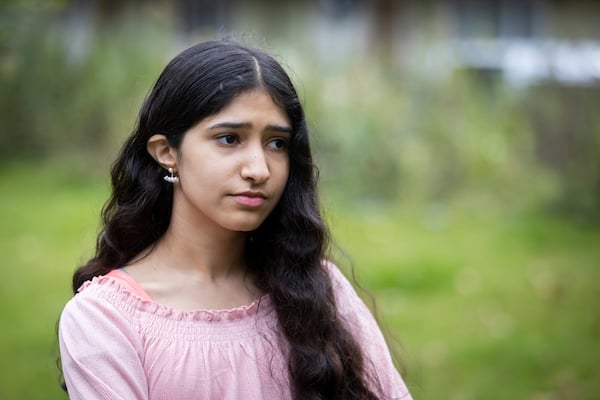Spots

If you're being forced to marry someone against your will, there is help out there.
Fed up with squeezing your zits and then regretting it for the rest of the week? The Mix explains all you need to know about these annoying little chaps, including what causes spots, how to stop getting spots and, finally, should you squeeze spots (spoiler alert, no, mostly!).
What’s the difference between spots and acne?
Medically, all spots are called ‘acne’. If you have one lone lurker on your chin, a few spots on your chest, or a relentless angry and constant splodging of spots all over your face – doctors will call them both acne. However, we think there’s a huge difference between the odd zit and chronic spots. If you have serious acne, read our article about how to treat acne here.
What causes spots?
Our hormone levels are responsible for spots or acne. Spots are basically the skin’s response to hormones which can over-stimulate a natural oil called sebum and leave you with oily skin. This excess oil oozes out from the skin and blocks up your pores. If a blockage occurs, then the trapped oil breeds bacteria and can irritate the skin, leading to inflammation. That’s the point where the spot makes an appearance.
Most people experience spots in their teens, anywhere from the face, to the neck, back or chest, but many are affected in their twenties too. Like other skin conditions, it can also run in families.
Stress is also known to sometimes trigger outbreaks or make them worse. We’ve got some tips for de-stressing in our stress article here.
How to stop getting spots
If you’ve got severe acne, it’s mainly just very bad luck and you’ll be looking more at acne treatments rather than prevention. However, if you just want to combat the odd one-off spot explosion – there are some things you can try.
- Wash your face twice a day with warm water, as this will wash off excess sebum from the surface of your skin and leave you oil free.
- Put your pillowcases through the wash regularly – otherwise you’re mashing your face into dirt every night, which can make acne worse. Keep everything around your face clean too – from your hair, to your mobile phone screen.
- Try not to touch your face too much, as this will increase oil production.
- Stay calm – easier said than done, we know, but stress can cause spot outbreaks.
How to get rid of a spot
Reducing the inflammation and infection, and drying it out, is the key. Dabbing the spot with diluted tea tree oil is a good, cheap, natural remedy. There are also loads of great over-the-counter products you can buy. It’s worth having a chat with your pharmacist so they can recommend a product with the right acne fighting ingredient that matches the severity of your spots.
Should you squeeze spots?
So, should you give that little monster a squeeze? It’s usually best to resist, but sometimes it can help. If you got a zit that’s begging to be punished, follow the squeezers guide.
Red: Don’t even touch it. Squeezing now will only force the contents deeper into the skin and make it even angrier.
Yellow: Squeeze away. Just wash your hands first, and then gently use the side of your thumb and the end of one finger. Be sure to stop, however, once the pus has been pushed out. Squeezing out blood or clear fluid is only going to damage your skin. Afterwards, always dab the area with a mild antiseptic or tea tree oil.
Green: Don’t touch it. The spot is infected. Green is for ‘go to your GP’.
Black (heads): Don’t squeeze, you’ll risk making it worse by spreading the bacteria. If you’re desperate to get rid, try using a gluey pore strip, especially for lifting up blackheads.
We all struggle with spots from time to time. Let us know how you deal with yours on our discussion boards.
Next Steps
- Chat about this subject on our Discussion Boards.
By Ally Thomas
Updated on 16-Sep-2022
No featured article














